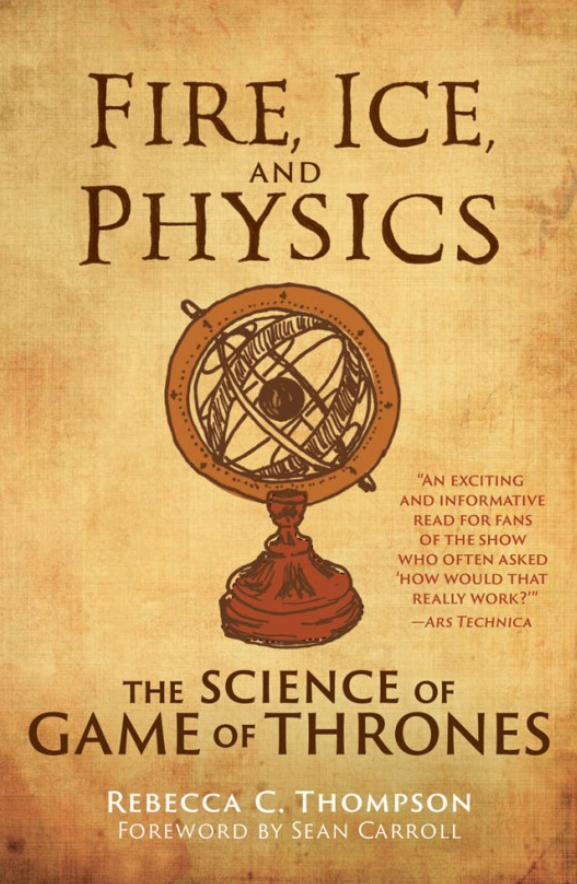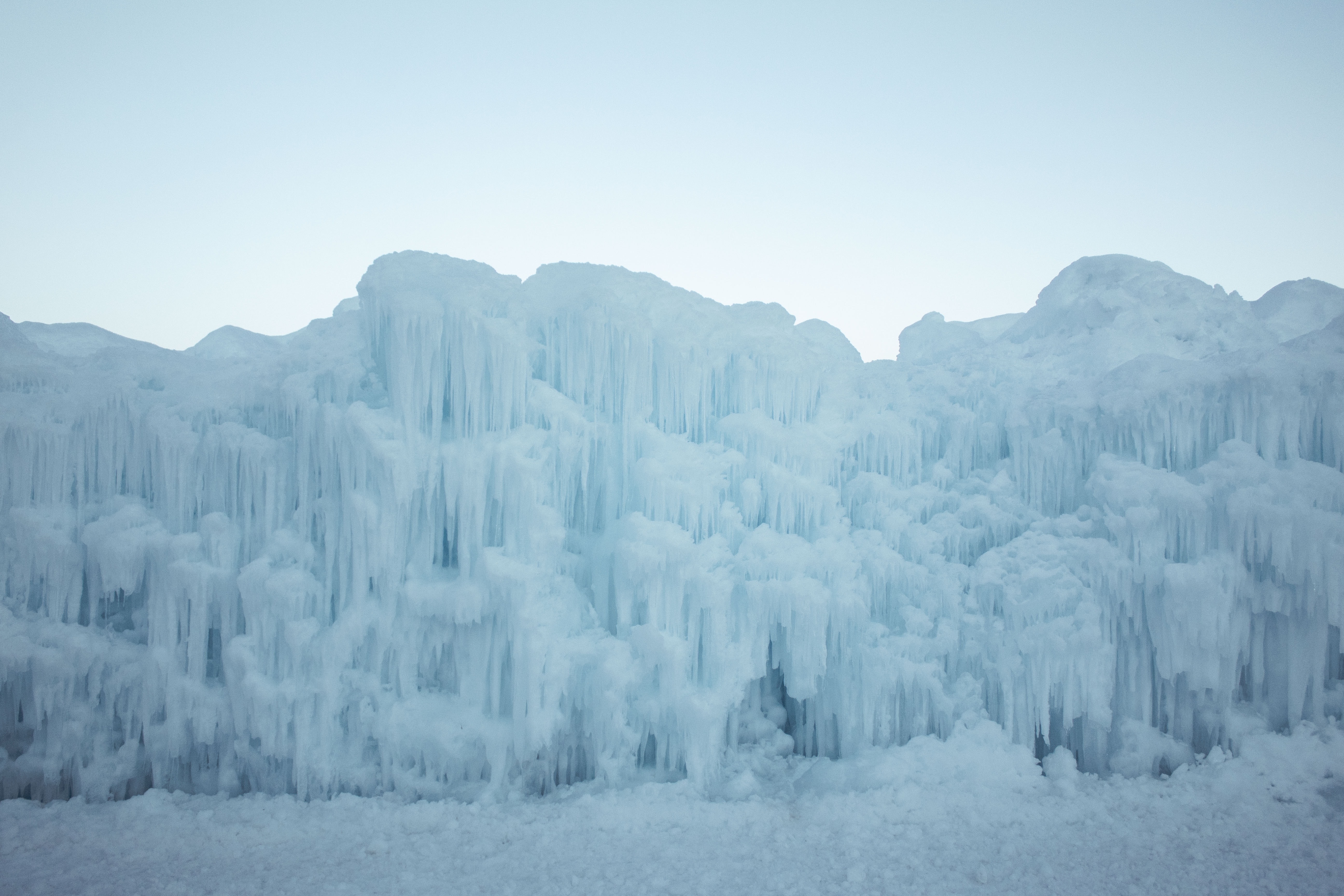Could science actually make Game of Thrones happen? Sometimes!
"Fire, Ice and Physics" breaks down the science behind Game Of Thrones, including beheadings, White Walkers and wildfire
Mauricio Santos via Unsplash
It's been about a year since the Game of Thrones television series aired its (disappointing) finale, and I'm eagerly waiting for the next book in George R.R. Martin’s A Song of Ice and Fire series.
Yes, I'll admit it:
I'm still waiting, and at this point, as a long-time fan and scientist, I'll devour anything related to the fantasy world, up to and including a breakdown of dragon science. So when I came across Rebecca C. Thompson's Fire, Ice and Physics: The Science of Game of Thrones (IndieBound, Amazon), I was immediately intrigued. But what prompted a physicist, like Thompson, to write such a book in the first place?
"Because I'm a scientist, that's why."
Makes sense. That's how Thompson begins her 296-page book dedicated to the science in Game Of Thrones — a technical but enjoyable read. She tackles key elements in this fantasy world, including seasonality in Westeros, dragon biology, and the neurology of White Walkers. Thompson says that as a trained scientist, she asks many questions, and can't turn her need for explanations "on and off." The book was born out of a speaking invitation that Thompson received to talk about "anything," which she seized as an opportunity to explore the science of the blood, gore, and death in Game Of Thrones.
Yes, spoilers are coming.

As Thompson points out, Martin's world is so compelling because "it's so close to ours yet just out of reach." And I agree — by the time I reached the end of the book, I was surprised that the rules of reality don't have to be stretched too greatly for the world of Game Of Thrones to potentially exist.
Thompson begins each chapter by laying out the concepts and terminology that readers need to know. There was no point while reading where I felt like I was in a classroom or like I needed to Google any jargon, like the latent heat of fusion. Thompson then walks readers through the science in this fantasy world by weaving together analogies, facts, a few bad puns and real-world examples. She finally ties it together to ask: can science make what seems fantastical, like dragons or Valyrian steel, possible in the real world?
The answer to this question is rarely a yes, and occasionally, a maybe, if a few laws of physics are creatively bent. One of the more compelling examples of this is Thompson's explanation of the wildfire used in the "Battle of Blackwater." In this battle, Tyrion Lannister sends out a lone ship, leaking wildfire (which is like magical green gasoline) towards the enemy in the Blackwater Bay. Upon his command, the wildfire is ignited with a single arrow, leading to a large green explosion which decimates the enemy fleet. But wildfire isn't real. Are there any real-world equivalents? Here, Thompson points out that with a few modifications, an Instant Pot is the modern-day equivalent of a Byzantinian siphōn: a pressurized nozzle used to project Greek fire. This is a realistic way that Tyrion could have plausibly executed his battle strategy to ignite spilled wildfire...if only Greek fire was green, and slightly more stable, like wildfire is in Game Of Thrones.

Why yes, there is an entire chapter dedicated to the science of an ice wall
Jacob Campbell via Unsplash
What also stands out in this book is Thompson's breadth of knowledge of science and the world of Game Of Thrones. Thompson shares fan theories, references minute details from the book series, points out where scientists disagree on a particular concept, and keeps her mind open to possibilities. There are no absolutes. For example, she even allows for the tiny possibility that there may be a planet out there, with a chaotic axis, the right orbit and a moon that makes it "just unstable" enough to have strange seasons like in Game Of Thrones, where winter is always coming.
As a biologist, I found that the chapters closest to my expertise were easier to read, such as the underlying genetics in House Targaryen and Lannister's incestuous relationships. But the chapters which were particularly heavy in physics were more tedious, and did require me to occasionally re-read paragraphs to keep up. Even with Thompson's helpful words as a guide, there were more than a few times where I stared at a figure, trying to work out what it was trying to tell me. To be fair, the book is literally titled Fire, Ice and Physics, so maybe I should've expected that. And here, credit must be given to Thompson's writing style. Even when I came across quantum mechanics while reading "The Battle Of Blackwater" chapter on a Friday evening, my first thought was "oh no" — yet I kept reading.
Thompson isn't the first to look at the world of Game of Thrones through a scientific lens. In recent years, other researchers have analyzed news and social media coverage about the show, created game-based simulations inspired by the show to teach international relations, and even examined the survival rate of important characters. Fun fact: the probability of a character dying within their first hour was about 14%. But Thompson's approach is unique.
So does Thompson achieve her goal in writing Fire, Ice and Physics? Yes, I believe she does. I walked away with a greater appreciation of the richness of details in George R.R. Martin's fantasy world — and the realization that there is in fact a "whole lot of physics" at play when it comes to magic in the world of Game Of Thrones.